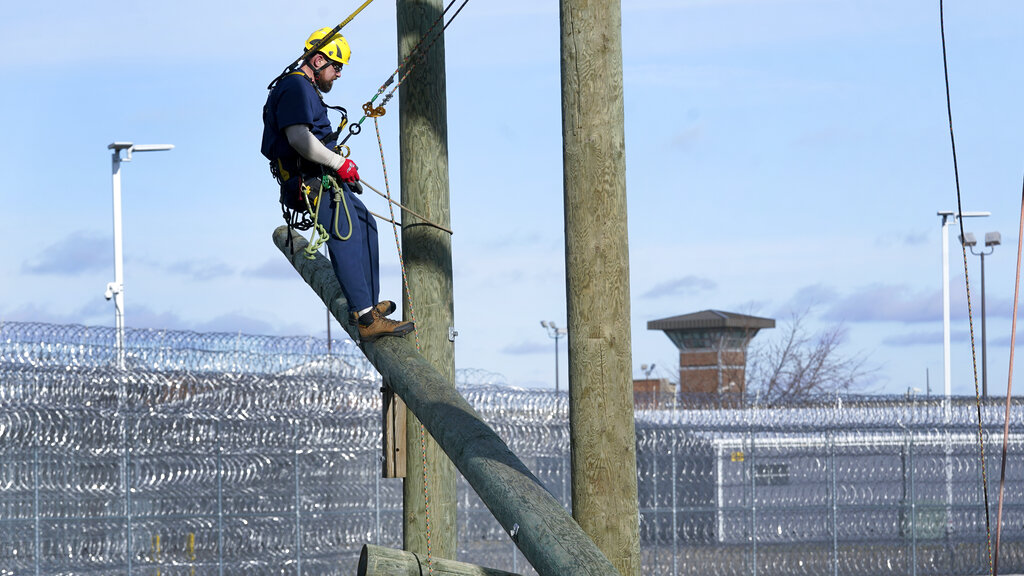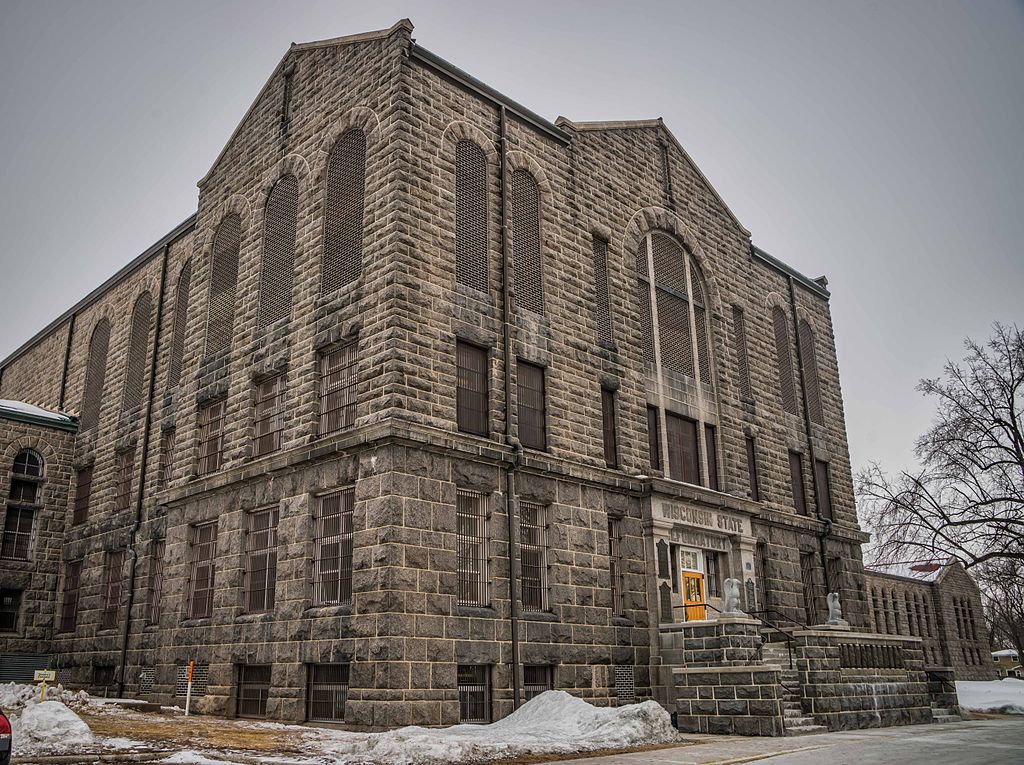In 2018, Marcos Fernandez found himself leaving prison for the fourth time. In total, he spent more than 13 years in custody of the Michigan Department of Corrections.
But the last time he left, he had a plan.
He had just graduated from Michigan’s vocational village with a welding certificate and an employer connection. The same day he got out, he took a welding test and was working within a matter of days.
Stay informed on the latest news
Sign up for WPR’s email newsletter.
“I finally got to take my future into my own hands,” he recently told WPR’s “Wisconsin Today.”
Today, just seven years after graduating, Fernandez owns his own company: Ideal Welding Solutions, a metal fabricator in Hudsonville, Michigan.
And now he is the employer hiring graduates of the prison program.
In a recent press conference, Gov. Tony Evers called for sweeping prison reform in Wisconsin. That includes a plan to put about $250 million toward transforming the Waupun Correctional Institution — which has become known for the state’s corrections troubles, including seven inmate deaths — into a vocational village.

But what is a vocational village? Well, Fernandez knows.
In 2016, Michigan Department of Corrections Director Heidi Washington started the first vocational village. There are now programs in three Michigan prisons, as well as in other states, including Nevada, Mississippi and Connecticut.
In the vocational village program, incarcerated people live, eat and attend training together as they are segregated from other prisoners. They spend more than six hours attending daily classes and training in skills like carpentry, tree trimming and welding.

Graduates of the program are nearly half as likely to return to prison as people who don’t attend, Washington told “Wisconsin Today.”
In Michigan, the recidivism rate — or return to prison rate — is at 22 percent, but for graduates, it is 12 percent. In Wisconsin, as of 2020, the recidivism rate was 31.7 percent. That was down from 2000 when it was over 42, according to the Wisconsin DOC’s recidivism dashboard.
In Michigan, graduates also have a 68 percent chance of becoming employed, Washington said. That’s because the program partners with roughly 750 employers statewide and introduces them to graduates.
People must meet certain criteria to join the program in Michigan. Inmates must be within 18 to 24 months of their release date and lack significant misconduct violations while in prison.
In the application, inmates explain why they are ready for the program and what they are interested in learning. That is so the DOC can match them with the proper trade program.
“We want to be sure that if you’re going back to a part of our state that doesn’t have CNC [Computer Numerical Control] machining, for instance, that that’s not the trade we’re training you in,” she said.
The training is challenging. But Fernandez excelled.
The program usually takes about a year, but he completed within six months and was then training others on the machines.
“There’s a creativity to it,” he said, adding that the training and mentoring gave him confidence to leave prison and never come back.
Washington said if the Evers’ proposal passes the Republican-led Legislature, the state should prepare for transformation inside and outside the prison.
“The individuals who are in this program, they’re engaged. They’re hopeful. They’re optimistic. They are working very hard in a positive, prosocial way towards their future,” Washington said.

She described the program as serving a dual purpose. There is opportunity for employers to fill open positions with skilled and certified employees. And most importantly, she said, incarcerated people are less likely to return to a life of crime and less likely to create additional victims.
Fernandez has gone back to prison — but now as a motivational speaker. One time, he was telling the story of his business and could tell the crowd was unconvinced.
Then, Fernandez looked out into the audience and saw a man he served time with.
That man stood up and told the crowd that he had sat next to Fernandez on that same prison bench. Fernandez had told him about his dream to start a welding company.
Now, he was doing it.
“It was a wonderful feeling,” Fernandez said.
Wisconsin Public Radio, © Copyright 2025, Board of Regents of the University of Wisconsin System and Wisconsin Educational Communications Board.




